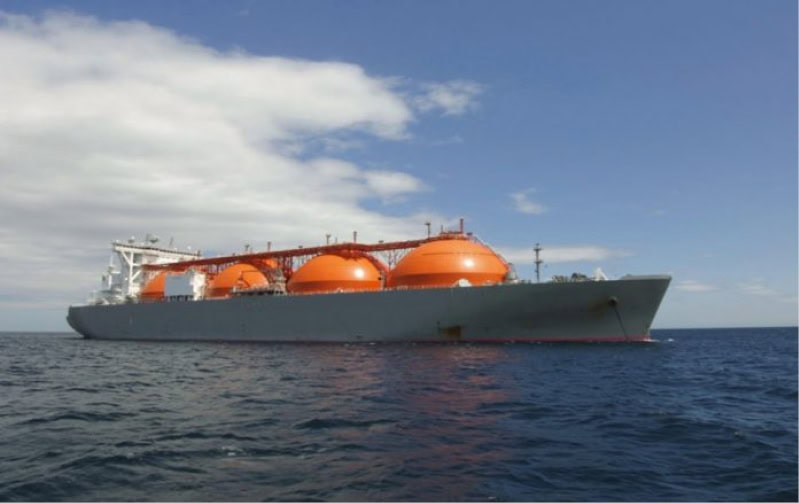To curtail the gas crisis, the government must prioritize the expansion of existing terminals under the approved Third-Party Access (TPA) rules on an immediate basis, while eventually transitioning towards onshore terminals for greater energy security.
Highlighting the achievements of Engro Elengy Terminal (EETL), Yusuf Siddiqui – CEO of EETL – shared that EETL has set new industry benchmarks in over five years of its safe and essentially non-stop operations with an availability factor of around 98%. The EETL now contributes around 15% gas supplies to Pakistan and can be considered the country’s largest “gas field” (630-690 mmscfd).
As the most utilized regasification terminal in the world, it has enabled Pakistan to save more than $3 billion through import substitution of furnace oil. Since its inception, the EETL has achieved send-out of more than 1200 billion cubic feet (BCF) of RLNG/natural gas. Further, its partnership with world-class organizations like Royal Vopak of Netherlands has brought global expertise and foreign investment to Pakistan for the development of LNG sector.
He stated that LNG imports, which now constitute around 30% of the total gas supply mix, have been instrumental to bridge energy shortages as the production of indigenous gas continues to decline drastically. To mitigate gas shortfall in future, the government has adopted a favorable policy of encouraging private sector involvement in the LNG sector, but there is a need to remove any roadblocks that impede operationalization of additional capacity of existing LNG terminals under TPA rules, as allowed under the LNG Policy 2011 and LNG Supply Agreement (LSA) with SSGC.










